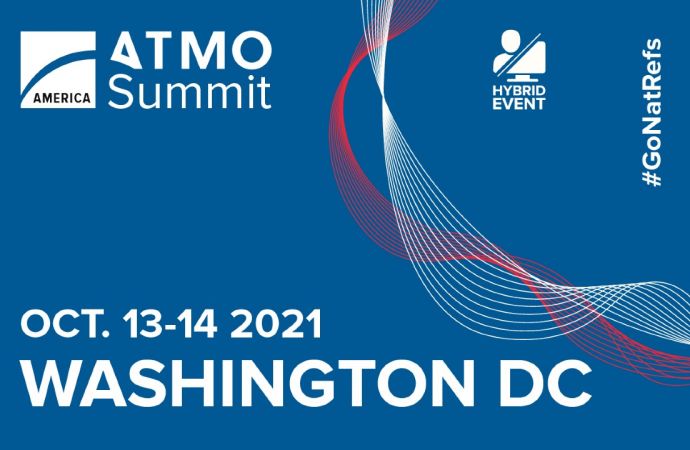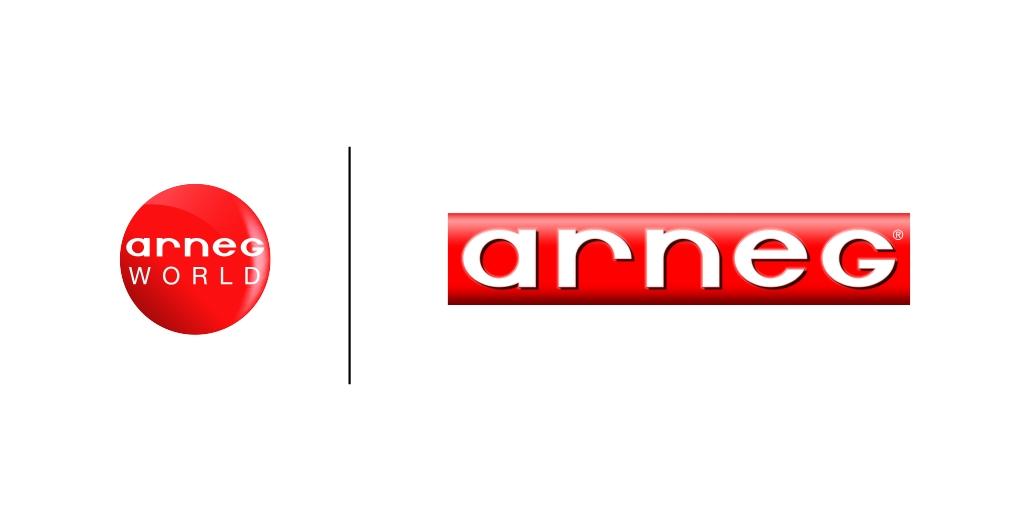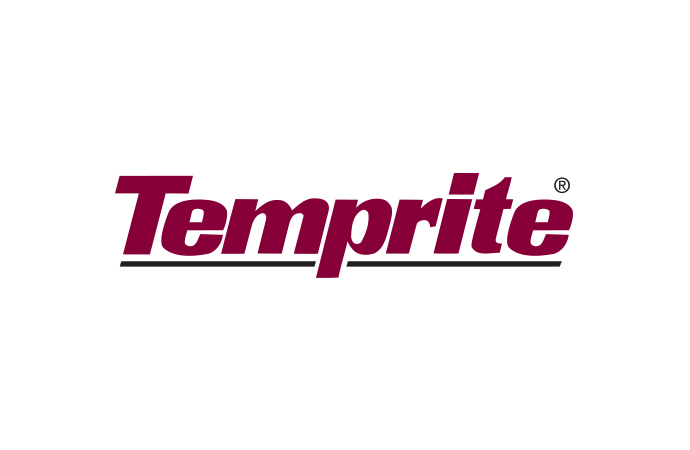The growth of CO2 transcritical in retail will continue in Europe under the F-Gas Regulation, while the US lags behind.
_1547547763.jpg)
Photo by Fikri Rasyid on Unsplash.
In this latest of our NEXT Series of articles, CO2 system manufacturers and component suppliers – along with end users – expressed confidence to this website that CO2 transcritical would reach new heights in 2019, particularly in commercial refrigeration and particularly in Europe.
“We expect a 50% increase in [our installations of] CO2 plants,” argues Enrico Zambotto, refrigeration director at Arneg, an Italy-headquartered retail solutions provider. He puts this down to the EU F-Gas Regulation, “and its [effect on] increasing [HFC] prices”. “Personally I think people are also increasing their sensitivity to the environment.”
Italian component manufacturer CAREL has already seen strong growth in CO2. In 2018, it tripled the number of its energy-efficient CO2–based refrigeration projects with DC inverter technology, the company said in December.
“In 2019 we hope to expand the same focus to other continents,” said Diego Malimpensa, business unit manager, retail solutions, CAREL. “We expect high demand from the Asian market, which, despite [phasing down HFCs] after Australia, North and South America, may achieve faster results.”
Particularly, “China has the greatest potential, following the first CO2 installations in 2018. In South America, several transcritical CO2 systems have been installed, including with ejectors, which will lead the way for new projects in 2019,” Malimpensa argues.
Frascold, an Italian compressor manufacturer, expects increased confidence in the market to help achieve greater sales. “We work every day to provide increasingly innovative solutions. For 2019 we expect to consolidate our CO2 technologies [and become] a market leader,” said Elisa Argenta, the firm’s marketing manager.
Retailers in Europe reach new heights
European retailers are the primary driver for uptake of CO2 systeems, according to Nadine Neuberger, head of marketing at TEKO, a German systems manufacturer. “More European retailers will switch to CO2,” Neuberger said. “We have [CO2 transcritical products] for discounters, supermarkets and hypermarkets to target their needs.”
More European retailers will switch to CO2.”
– Nadine Neuberger, TEKO
Two leading European retailers, METRO and Migros, concur. “We expect to raise our covering on [natural refrigerants compared] to 2018, especially CO2, ammonia and a little more R290,” said Andreas Moser, chief refrigeration engineer at Migros Engineering Solutions, helping Migros to move to “100%” natural refrigerant-based technology.
German multinational cash & carry giant METRO is pursuing a similar plan. “In 2019 we expect to use more NatRefs than FY18, we’ve increased [our] budget and also the amount of equipment,” said Olaf Schulze, director – energy, facility and resource management at METRO AG. “Our most preferred technology/type is [transcritical] CO2 ejector plants.”
“Therefore we’ve decided now to implement the next stores with ejector technology, e.g. one store in Russe (Bulgaria), one in Częstochowa (Poland), three sites in Russia, two sites in Italy, eight sites in France and one in Belgium,” Schulze said.
We’ve decided now to implement the next stores with ejector technology, e.g. one store in Russe (Bulgaria), one in Częstochowa (Poland), three sites in Russia, two sites in Italy, eight sites in France and one in Belgium.”
– Olaf Schulze, METRO AG
“We believe that new equipment can combine energy performance, customer added value, and no (or low) emissions,” he added.
Swiss multinational Nestlé is happy about the natural refrigerant solutions currently on offer. “We’re delighted to see more products and solutions becoming available and viable globally,” said Vincent Grass, refrigeration manager at Nestlé. “New CO2 condensing units, for instance, offer a good decentralised solution for small cold stores.”
America: One giant leap forward, a small step back
North American end users were a little more ambivalent about the market.
“[The Defence Commissary Agency] will install fewer natural refrigeration systems in 2019 than in 2018 due to a lower level of investment in equipment replacements,” John Stuit, chief of design and construction for the engineering directorate at DeCA (the US Army’s retail service), Fort Lee, Vancouver, US, told R744.com.
“However, the percentages of natural refrigeration will be larger. In Europe, 100% of our new equipment installations will be CO2 transcritical systems and will use energy strategies such as ejectors with CO2 systems in warmer European climates south of the Alps,” Stuit adds.
The US will be a very different story to Europe. DeCa will use CO2 systems in relatively cool climates such as the California coastline, but in the warm climate of the Southwest, it will experiment with non-natural refrigerant based solutions, Stuit said.
Jim Nonnie, executive vice-president at Temprite, a US manufacturer of oil separators and refrigerant oil management products, disagrees. “For North America, assuming the US economy rebounds from a sluggish fourth quarter, we expect continued growth of CO2-related equipment in 2019,“ Nonnie said.
Harrison Horning, director of maintenance at Hannaford, a US-based supermarket chain, is more enthusiastic about the potential for natural refrigerant systems in 2019.
“Several new stores are planned for construction in 2019, and natural refrigerant systems (transcritical CO2 and/or self-contained R290) will be included in each new store design,” Horning explains.
Several new stores are planned for construction in 2019, and natural refrigerant systems (transcritical CO2 and/or self-contained R290) will be included in each new store design."
– Harrison Horning, Hannaford
Ed Estberg, refrigeration consultant for Raley’s, a California-based supermarket chain, also expressed confidence in innovative natural refrigerant systems. He said the retailer would open its first natural refrigerant store in March.
“Our current [natural refrigerant] design is a mini-charge ammonia vapour compression system cooling a CO2 liquid-overfeed system,” said Estberg, adding: “Raley’s will have this all-natural refrigeration system for both product refrigeration and air conditioning. The mechanical system is now being assembled.”
The NEXT Series takes an annual look at the key market, policy and technology drivers likely to influence natural refrigerant uptake. For updates on these and other key policy developments over the course of the year, sign up to our newsletter.
Related stories






